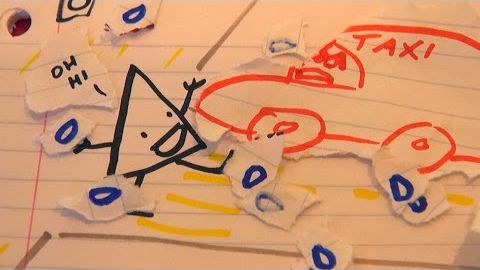悪質な運転の計算機 (The Calculus of Bad Driving)
林宜悉 が 2021 年 01 月 14 日 に投稿  この条件に一致する単語はありません
この条件に一致する単語はありませんUS /ˈɑbviəs/
・
UK /ˈɒbviəs/
US /ˈkɑnstənt/
・
UK /'kɒnstənt/
US /ˈriəˌlaɪz/
・
UK /'ri:əlaɪz/
US /ˈpɑzɪtɪv/
・
UK /ˈpɒzətɪv/
- adj.肯定的な;確実な;電気のプラス極;よい;陽性の;楽観的な;正の;ポジ
- n.ポジ
エネルギーを使用
すべての単語を解除
発音・解説・フィルター機能を解除

